3,800-Year-Old Water Cult Was Hidden in Ancient Ruins
Water has always been a vital part of humanity. It is probably why we have constantly built homes, communities, and major cities right on the shores are the largest bodies of water we can find.
But in the pre-Inacan region of northwest Peru, water was a lot more valuable. The resource proved so valuable that a cult formed around it.
Archaeologists found that the essential source of life inspired a cult in Peru nearly 3,800 years ago thanks to the discovery of four skeletal remains in a temple associated with water worship.
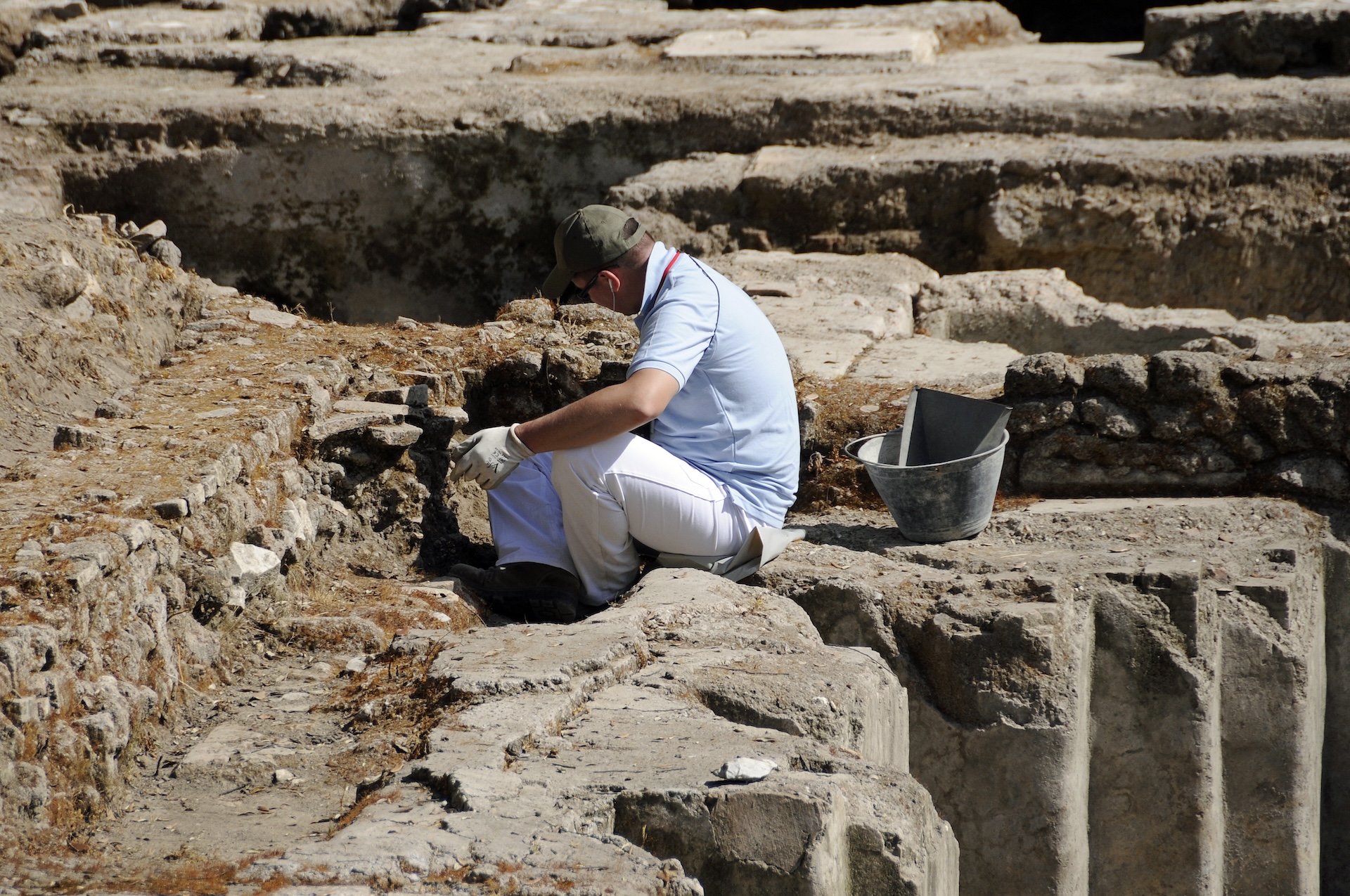
Source: Son of Groucho/Wikimedia Commons
The National University of Trujillo reported that researchers uncovered the bodies of two children, a teenager, and an adult in the Temple Queneto 2 at the Queneto archaeological site in Peru.
The Important Positions of the Bodies
The defining characteristic of these bodies being part of a water-centric cult was their burial positions. The caretakers laid the four bodies carefully on their sides, facing the mountains.

Source: Chris F/Pexels
This was a powerful gesture as the bodies were facing the life-giving water that flowed from the mountains.
Buried Treasures
The ancient remains were also accompanied by unique grave goods. Stones, pendants, snail shells—a decorum previously associated with the group—and pottery shards littered the temple site.
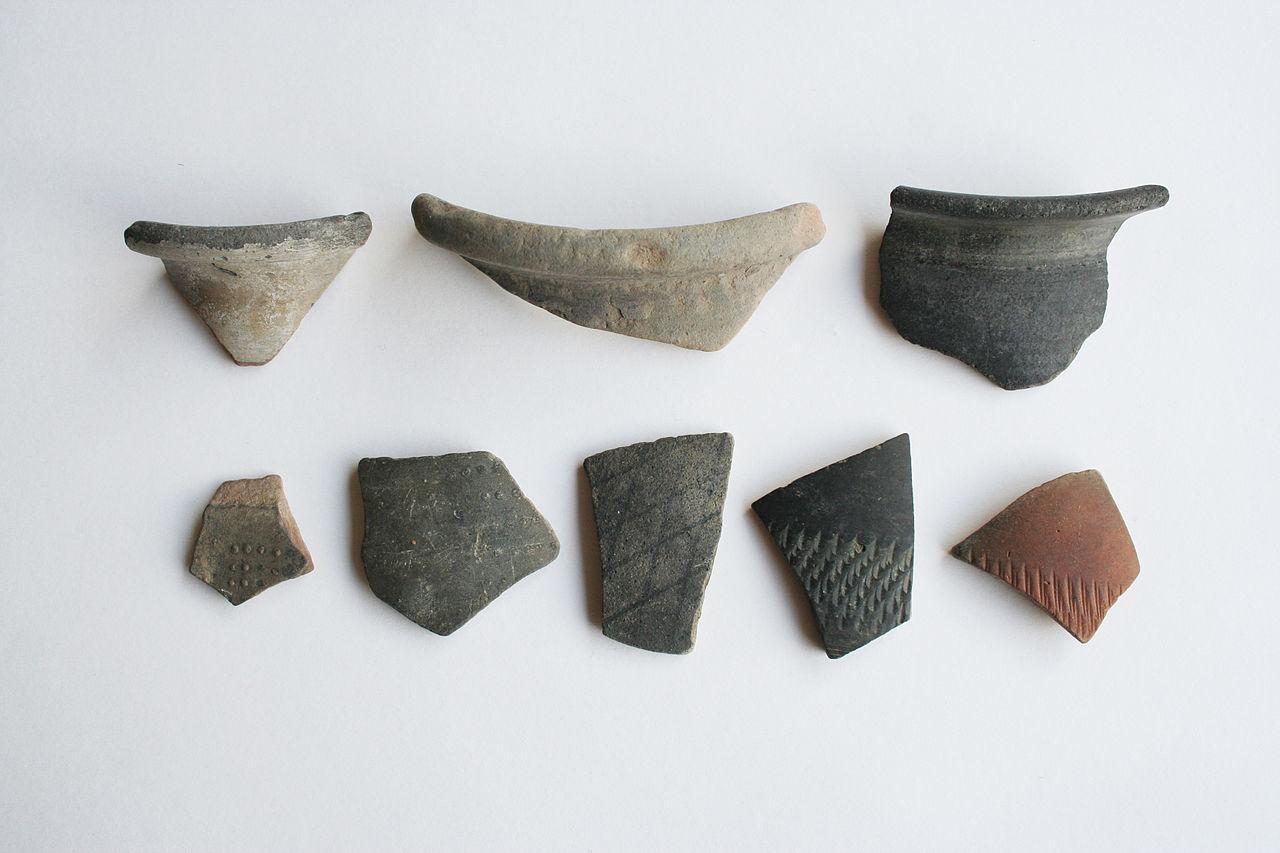
Source: Wikimedia
These remains signified that the community that lived there was artistic water worshipers.
Culture Informed by the Landscape
It’s no surprise that a water cult would have formed and worshiped in the ancient, high desert lands of northwest Peru. Water served as more than just a necessity; it was a scarce resource for the community nestled in the Andes.
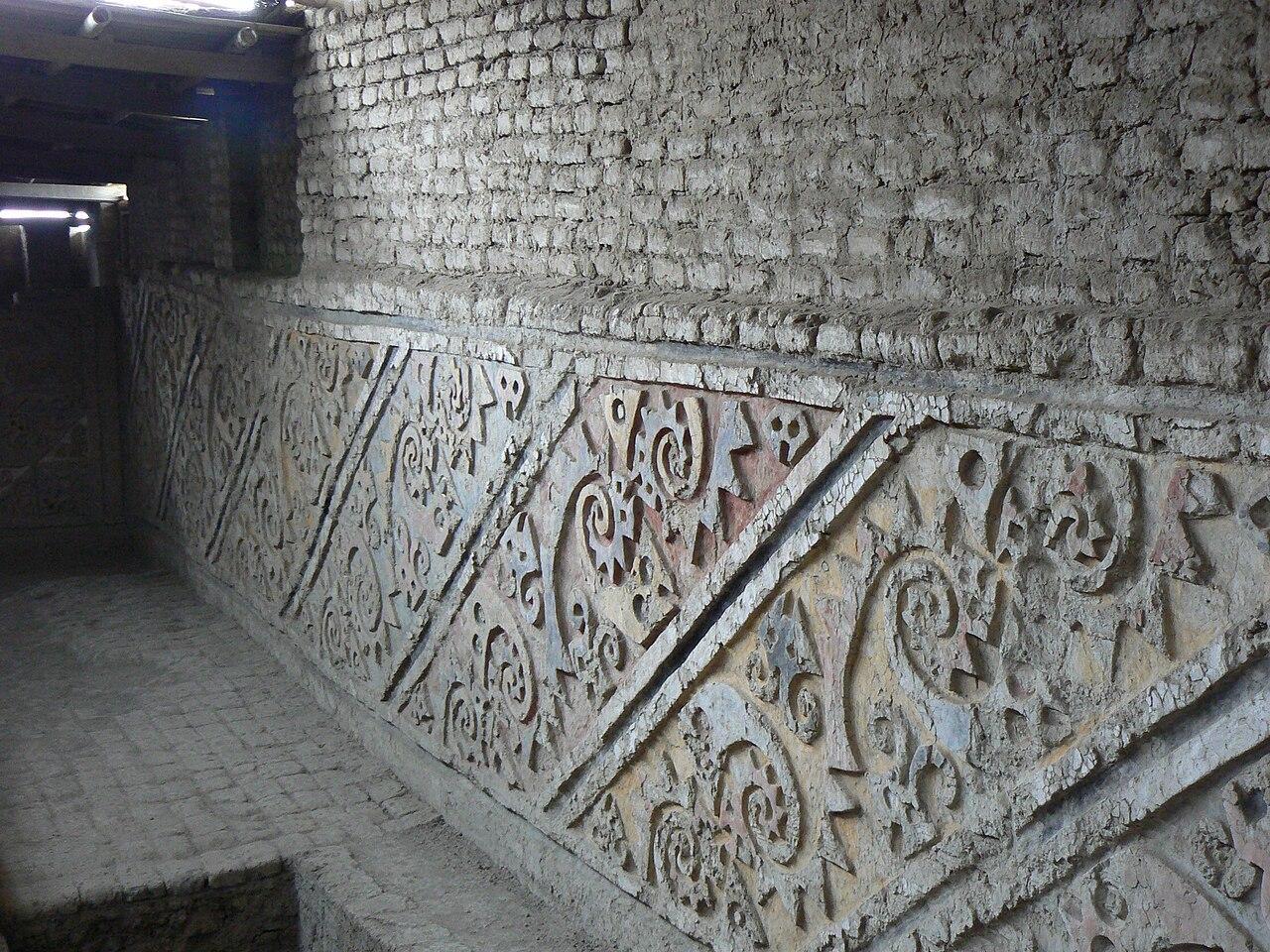
Source: Wikimedia
In the ancient Andean world, water was revered as a sacred and life-sustaining force in the challenging climate. However, the flow of water from the Andes was vital for the culture’s everyday life.
The Divine Status of Water
This dependency on water naturally elevated the resource to a divine status. Rituals, ceremonies, and architectural structures were built to honor the resource, according to Live Science.
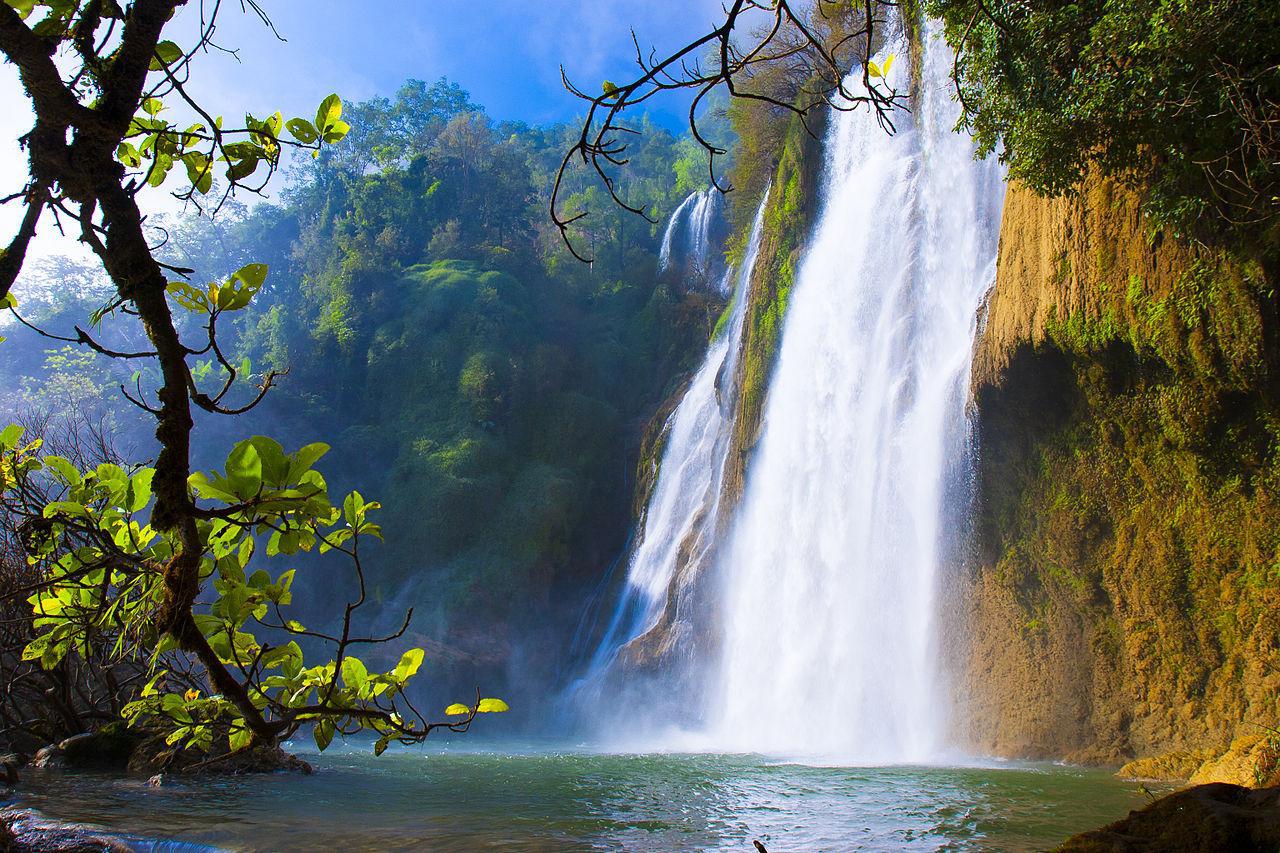
Source: Wikimedia
The temple was a hub for the water-worshiping cult. Everything from ceremonies to burials was in honor of the water flowing from the mountains.
The Ancient Community Before the Incan Empire
The temple site, located in Peru’s Viru Valley, likely dates back to its construction between 1800 and 900 BC. The Early Formative period, which predates the powerful Incan Empire, defines this time.
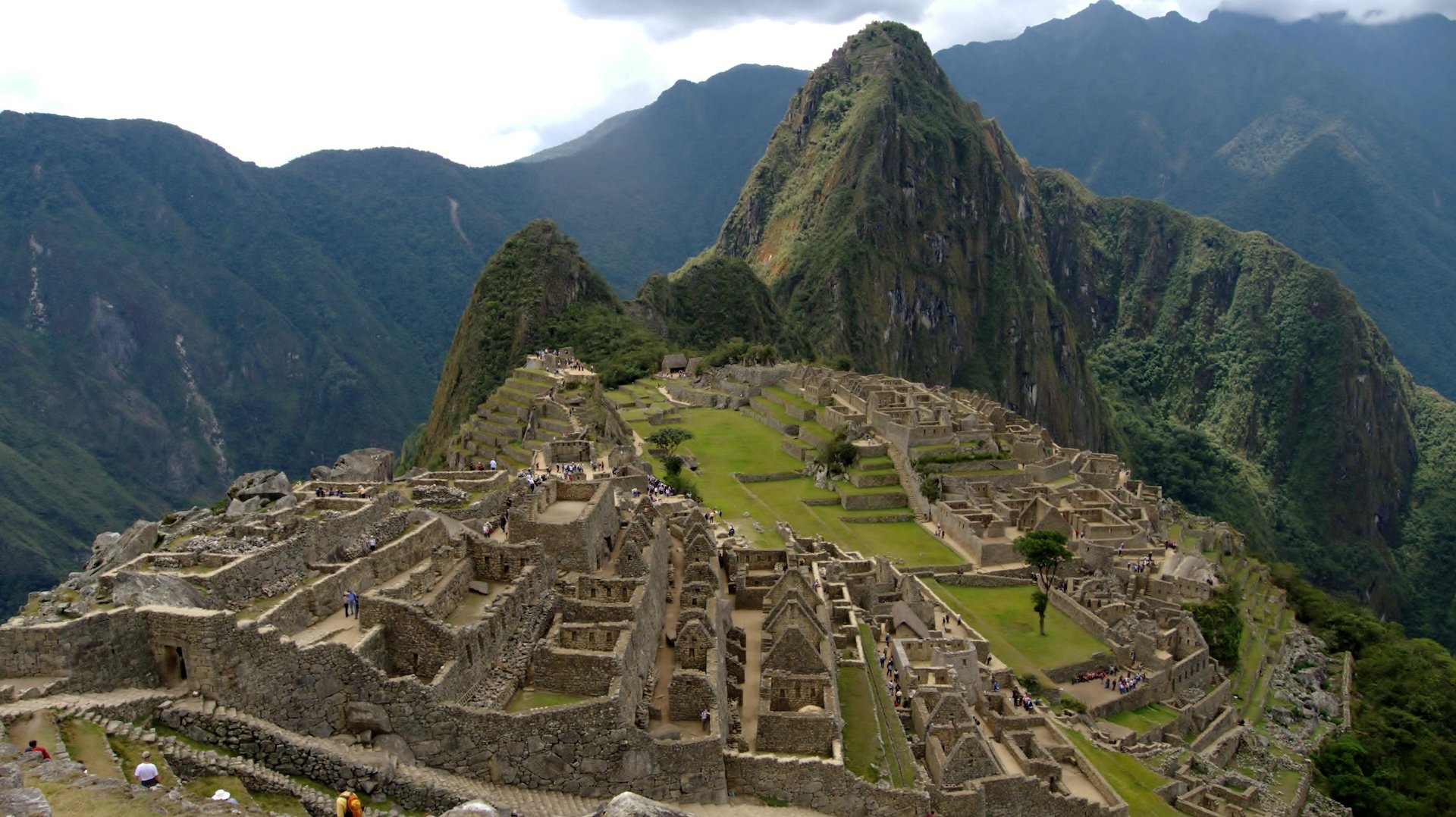
Source: World History Encyclopedia
The region’s inhabitants created large buildings, sparking interest in constructing some of the area’s earliest pyramids.
The Characteristics of the Environment
The temple featured cobblestone and clay plaster walls with curved corners, where the bodies were discovered.
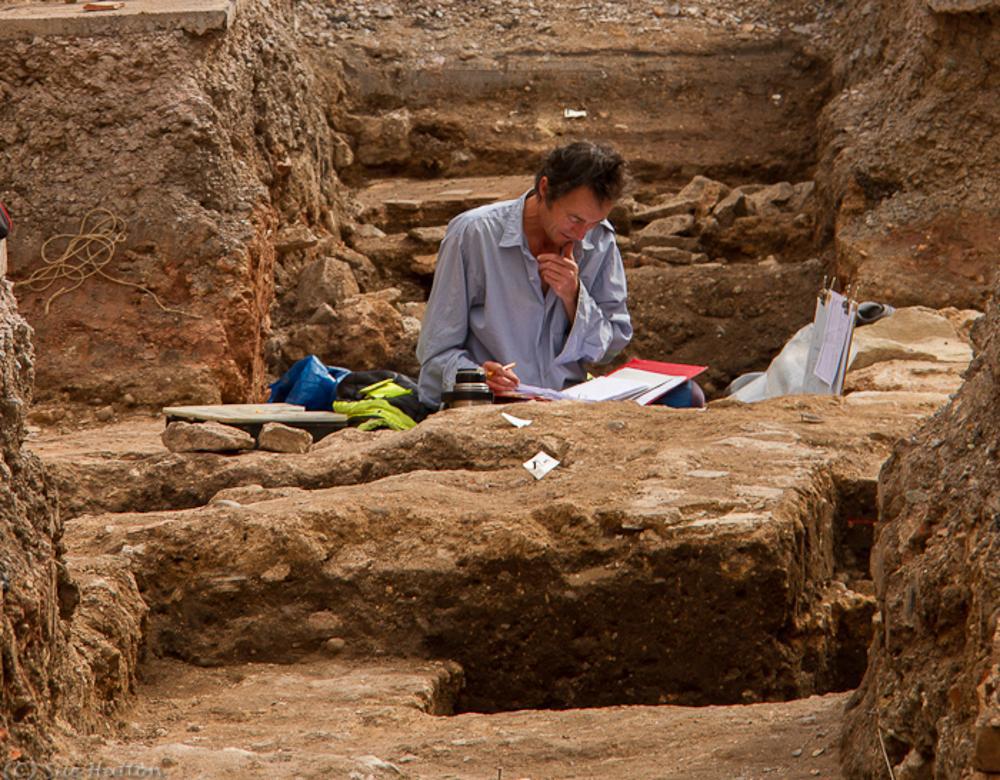
Source: Wikimedia
“These environments, characterized by curved corners, show unique architecture from the Early Formative period,” Castillo Luján, professor at the university’s Professional School of Archaeology, said.
The Lingering Influence of the Community
“Furthermore, fragments of early ceramics found at the site are similar to those observed in other important settlements such as Gramalote, in the Moche Valley, and Huaca Negra, near the coast in the Viru Valley,” Luján added.

Source: Freepik
The area in Peru is notable to archaeologists because of the numerous evidence found of ancient civilizations of the region.
More Bodies to Find
Luján notes that finding the remains in such a small space suggests the possibility of more people buried nearby, which would “allow us to have a clear idea of the cultural evolution in this area.”
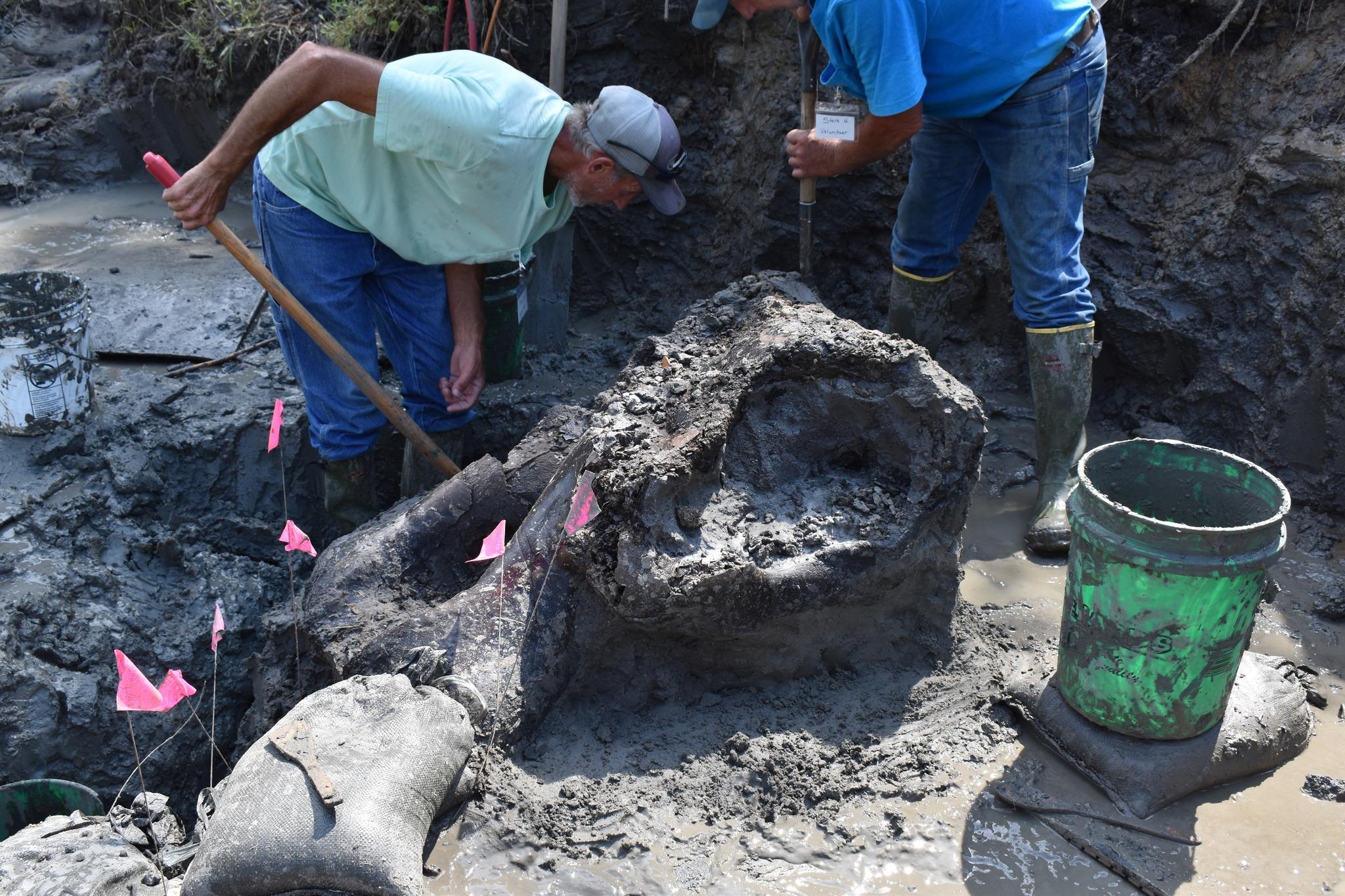
Source: Iowa Archaeology/Facebook
“It also shows the importance of space. People have for a long time wanted to be buried in temples because these are very sacred spaces to them,” Luján told Reuters.
So Much Space to Cover
However, the evidence has not led archaeologists to uncover the secrets of the civilization that thrived nearly 3,800 years ago. The research team notes that their excavation covers just one percent of the total area of the massive archeological site.

Source: Freepik
There are likely more burial sites and artifacts scattered throughout the site that could reveal more about the community that once lived there.
Opening a Window to the Past
The research team behind this discovery hopes to do more than just fill in the historical gaps. They hope to transform the Viru Valley into a cultural tourism hotspot and a proud symbol of Peruvian identity.

Source: Freepik
Still, the current findings shed light on a time period we still know so little about, especially when it comes to burial practices.
